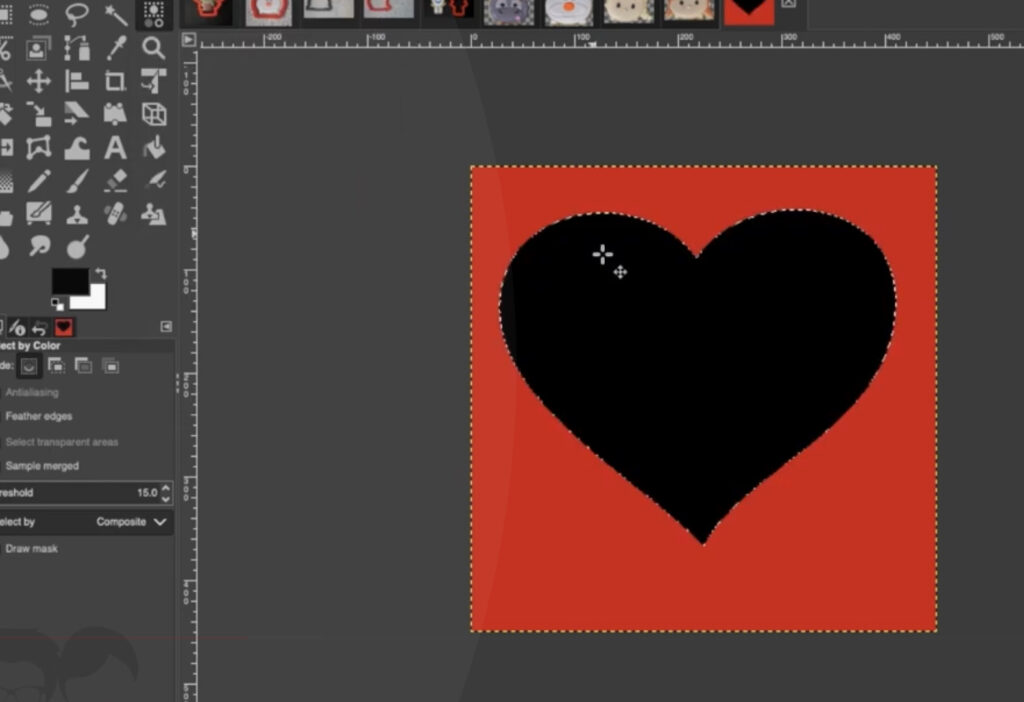Baking holds a special charm, whether it’s an individual endeavor or a shared activity with loved ones. There’s a unique thrill in crafting cookies in shapes that reflect personal interests or passions. This guide walks through the fascinating process of creating a custom dog-shaped cookie cutter using 3D printing technology. The method outlined here, leveraging BuildBee’s capabilities, is not only straightforward but also adaptable to any shape one might fancy. In just six easy steps, personalized cookies can go from concept to reality.
So How to Make Cookie Cutters 3D Printer?
Step 1: Selecting the Perfect Image
The journey begins with choosing a suitable image to serve as the blueprint for the cookie cutter. This image should be saved on the computer, ready for the next phase.
Step 2: Transforming the Image into a Cookie Cutter
By accessing the BuildBee platform and utilizing the cookie cutter tool, users can upload their chosen image. After logging into BuildBee and navigating to the upload model section, the ‘Cookie Cutter’ option is selected. The user then uploads the image, which is a greyhound in this instance, and adjusts it on a canvas to match their vision precisely.
Step 3: Customizing the Size
At this stage, dimensions are specified, allowing for the creation of cookies in the exact desired size. This step is crucial as it ensures that the cookies will not only look the way one envisions but also fit perfectly for any occasion, whether it be a large gathering or a small, intimate tea time. The ability to customize the size means that every detail, from the thickness to the perimeter, can be tailored to personal preferences or specific dietary requirements. This customization process is not only practical but also imbues the cookies with a personal touch, making them all the more special. It’s an invitation to experiment with various sizes, potentially leading to a diverse array of cookies from a single design, each perfectly suited to different tastes and occasions.
Step 4: Bringing the Cutter to Life through 3D Printing
With the cookie cutter’s design and dimensions set, the next step involves selecting a printer and the appropriate printing materials. For optimal results, the All Purpose Preset is recommended, requiring no additional adjustments. This phase is where the magic happens, as one’s digital design becomes a tangible tool. The choice of material can vary, but most 3D printers use a type of plastic that is safe for food contact, ensuring that the cutter is both durable and hygienic. This step demystifies the process of 3D printing, making it accessible to enthusiasts who may not have prior experience. Watching the printer layer by layer construct the cookie cutter is not only a testament to modern technology but also a rewarding experience. The anticipation builds as the cutter takes shape, ready to transform dough into edible art.
Step 5: Crafting the Cookie Dough
With the newly printed cutter, the user can now press the design into the cookie dough, shaping it according to their unique cutter and removing any surplus dough. This step is where the preparatory work pays off, as one sees their vision realized in the form of ready-to-bake cookies. The tactile experience of pressing the cutter into the dough and seeing the shape emerge is satisfying, blending the joys of crafting with the pleasures of baking. It’s an opportunity to get creative with the dough, perhaps adding food coloring, sprinkles, or other decorations before or after baking. The cutter not only shapes the cookies but also imprints a part of the baker’s personality onto each one. This personal touch turns ordinary cookies into memorable treats, perfect for sharing with family and friends or as thoughtful homemade gifts.
Step 6: Baking and Enjoyment
Finally, it’s time to bake the cookies. This last step transforms the effort and creativity into delicious, customized cookies ready to be savored.
This process not only adds a layer of personalization to baking but also introduces an element of creativity and technology. It shows how traditional baking can merge with modern techniques to create something both unique and personal. Whether for special occasions or as a hobby, 3D printing cookie cutters opens up a world of baking possibilities, making it an enjoyable and rewarding experience.
Embracing Creativity in Baking
The adventure of blending traditional baking with the innovation of 3D printing offers a fresh perspective on creativity in the kitchen. Through the outlined steps, bakers of all levels can transform a simple baking session into an exciting project, producing cookies that are not just treats but personalized expressions of their interests or affection for loved ones. This method, leveraging BuildBee’s user-friendly platform, democratizes the process of customizing baking tools, making it accessible to anyone with a computer and a 3D printer.
The joy derived from watching a chosen design come to life, from the initial image selection to the final baking stage, is unparalleled. It’s a testament to how technology can enhance traditional hobbies, adding a layer of customization that was once difficult or expensive to achieve. Furthermore, this process encourages bakers to explore their creativity, pushing the boundaries of conventional baking into the realm of personal artistry.
In conclusion, the integration of 3D printing into baking is more than a novelty; it’s a gateway to personal expression, making every cookie a canvas for individuality. As we continue to explore the intersections of technology and culinary arts, the possibilities for innovation and personalization are boundless, promising a future where our kitchens are as connected to our imaginations as they are to our traditions.
